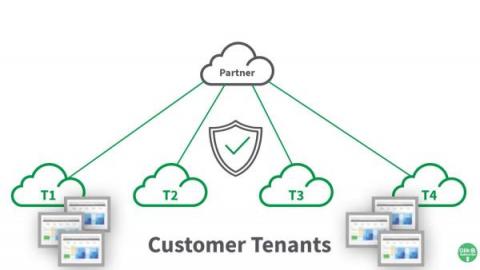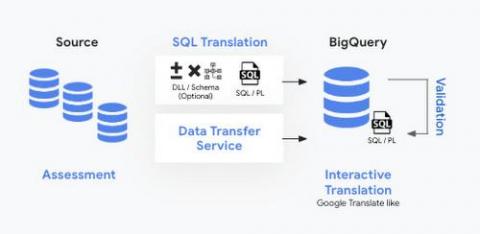3-Minute Recap: Unlocking the Value of Cloud Data and Analytics
DBTA recently hosted a roundtable webinar with four industry experts on “Unlocking the Value of Cloud Data and Analytics.” Moderated by Stephen Faig, Research Director, Unisphere Research and DBTA, the webinar featured presentations from Progress, Ahana, Reltio, and Unravel. You can see the full 1-hour webinar “Unlocking the Value of Cloud Data and Analytics” below. Here’s a quick recap of what each presentation covered.









